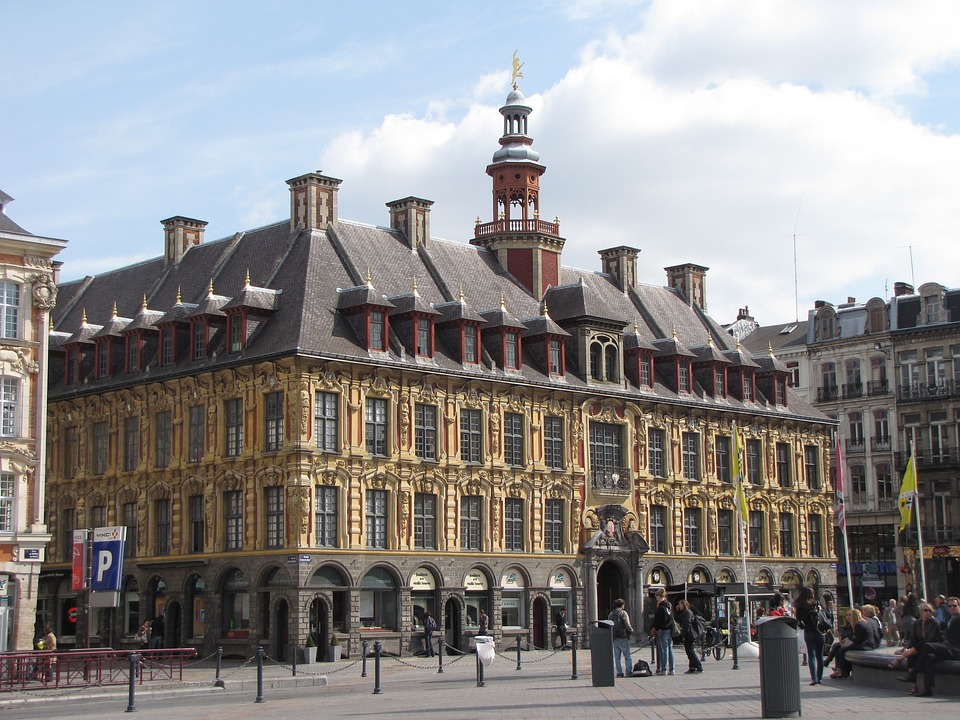The original inhabitants of the region were the Gauls, such as the Menapians, the Morins, the Atrebates and the Nervians, who were followed by Germanic peoples: the Saxons, the Frisians and the Franks.
Lille came under the rule of the Holy Roman Emperor Charles V in 1519. The Low Countries fell to his eldest son, Philip II of Spain, in 1555. The city remained under Spanish Habsburg rule until 1668. Calvinism first appeared in the area in 1542, and by 1555, the authorities were taking steps to suppress that form of Protestantism. In 1566, the countryside around Lille was affected by the Iconoclastic Fury.
In 1578, the Hurlus, a group of Protestant rebels, stormed the castle of the Counts of Mouscron. They were removed four months later by a Catholic Wallon regiment, and they tried several times between 1581 and 1582 to take the city of Lille, all in vain.
The Hurlus were notably held back by the legendary Jeanne Maillotte. At the same time (1581), at the call of Elizabeth I of England, the north of the Seventeen Provinces, having gained a Protestant majority, successfully revolted and formed the Dutch Republic. The war brought or exacerbated periods of famine and plague (the last in 1667–1679).
A number of important public works undertaken between 1667 and 1670, such as the Citadel (erected by Vauban), or the creation of the quartiers of Saint-André and la Madeleine, enabled the French king to gradually gain the confidence of his new subjects in Lille, some of whom continued to feel Flemish, but they had always spoken the Romance Picard language.
For five years, from 1708 to 1713, the city was occupied by the Dutch during the War of the Spanish Succession. Throughout the 18th century, Lille remained profoundly Catholic. It took little part in the French Revolution, but there were riots and the destruction of churches. In 1790, the city held its first municipal elections.




